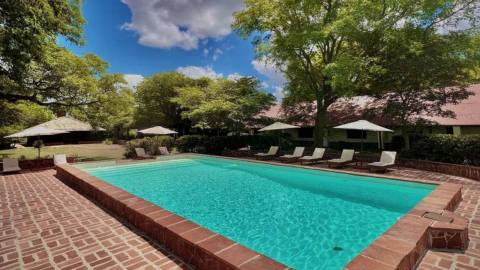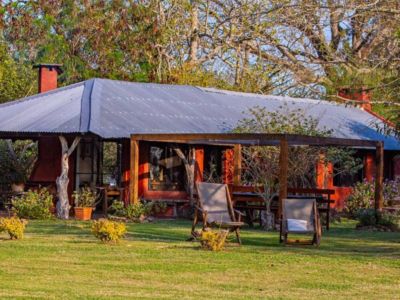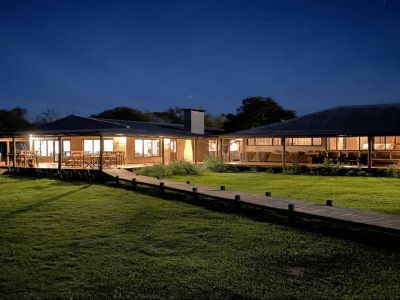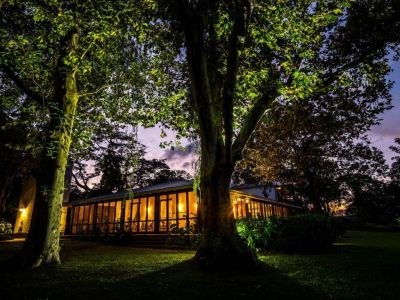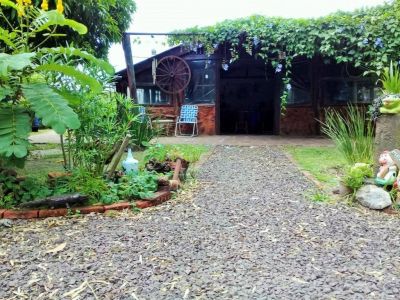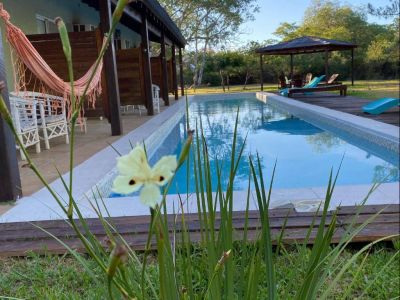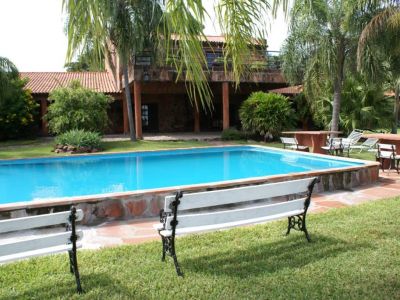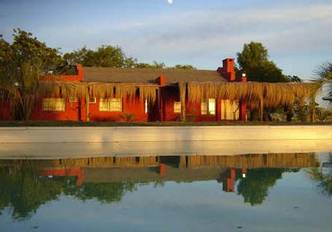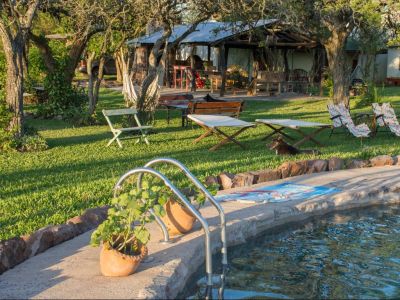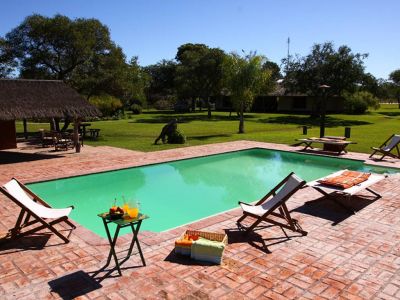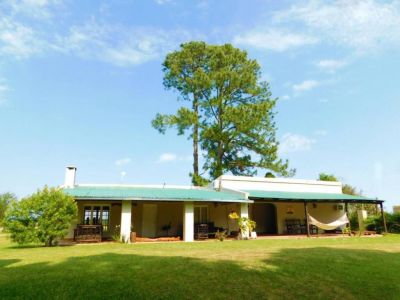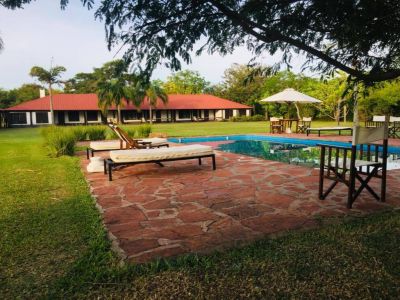Birdwatching
The Iberá Wetlands are a paradise for birdwatching. Above, at mid height, below and even inside the marshlands, there are birds of all species. Infinite birds, we might say.
Flying is one of the most marvelous dreams man has ever had. But, if we could fly, what bird would we like to be? There are thousands of answers to this simple question which may have encouraged the formation of hundreds of associations all through the planet whose aim is birdwatching. Without harming them, without altering their ecosystem, they are just happy to take a photograph of them as a souvenir. But the most important thing is to find them, to travel thousands of kilometers to understand them, watch them and listen to them. Whether directly or indirectly, birdwatching brings along a passionate admiration for the object of study. An admiration that makes sense in every bird we manage to see, even those which are most difficult to spot.
Even if they are becoming scarce, there are a few places in the world where the variety of species becomes endless. One does not need to be an ornithologist or belong to any club to realize that the Iberá Wetlands reserve, as well as its surroundings, where the beautiful city of Mercedes stands, is an vast reservoir for birds of several hundreds different names, sizes and colors. The Carlos Pelegrini reserve is the entrance gate to this world of marshlands and lagoons whose music has always been managed by nature, even if man is around every now and then. The idea is to get deep into the wetlands, which are practically unspoilt by the presence of man. For such purpose, it is essential that tours are led by qualified guides, locals or experts in the area as well as in the local species. This nook in Corrientes has Mesopotamian vegetation and is spattered by lagoons where flora and fauna develop fully. Ideal to be photographed. Both in the daytime and at night, the wetlands are dwelled by countless amazing sounds. The list has no end. It turns out to be extensive for those of us who are not devoted to ornithology, but it is a real paradise for the eyes for those who are. Rhea, red-winged tinamou, spotted nothura, white-tufted grebe, pied-billed grebe, great grebe, anhinga, neotropic cormorant, cocoi heron, rufescent tiger-heron, whistling heron, snowy egret, cattle egret, pinnated bittern, striated heron, black-crowned night-heron, wood stork, American stork, plumbeous ibis, white-faced ibis, roseate spoonbill, southern screamer, comb duck, fulvous whistling duck, silver teal, Brazilian teal, turkey vulture, lesser yellow-headed vulture, black vulture, great black-hawk, snail kite, long-winged harrier, cinereous harrier, roadside hawk, black-collared hawk, savanna hawk, caracara, chimango caracara, yellow-headed caracara, aplomado falcon, limpkin, giant wood-rail, plumbeous rail, jabiru, spotted rail, rufous-sided crake, common moorhern, azure gallinule, spot-flanked gallinule, wattled jacana, South American stilt, lesser yellowlegs, solitary sandpiper, South American snipe, Yelllow-billed tern, black skimmer, spot-winged pigeon, rock pigeon, eared dove, picui ground-dove, white-tipped dove, monk parakeet, cuckoo, etc., etc., etc. Infinite birds, one might say.
Pablo Etchevers
Pablo Etchevers



















